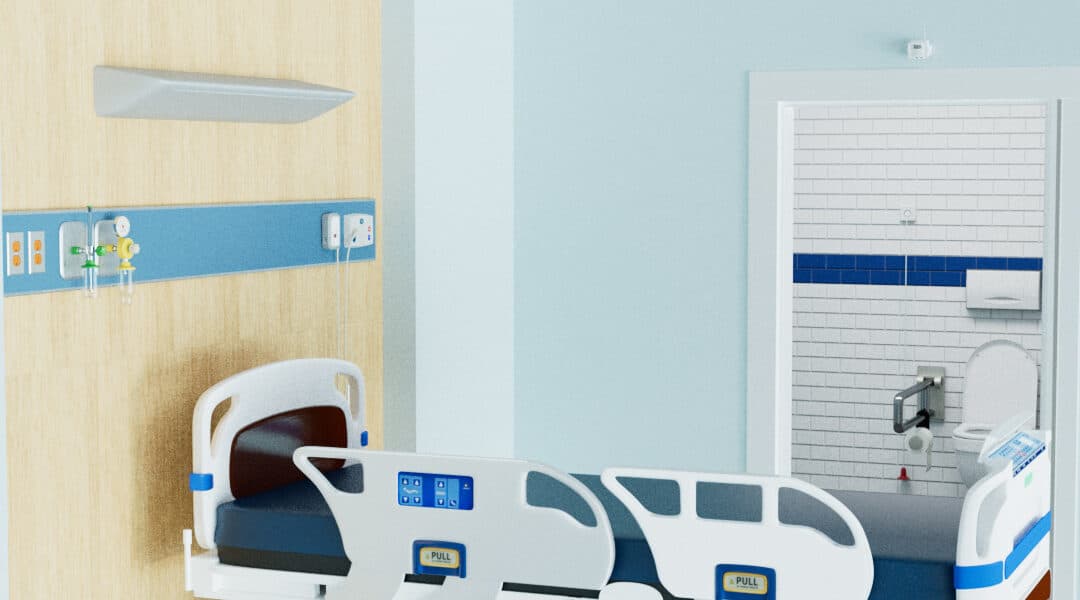As we age, certain daily activities can become increasingly difficult, and one of the most significant concerns for individuals who are aging, have disabilities, or face mobility challenges is safe toileting. The bathroom can be a hazardous place for anyone, but it poses a higher risk of falls and injuries for those with reduced mobility. Therefore, creating a safe and accessible bathroom environment is crucial to promote independence, prevent falls, and maintain proper hygiene.
At Curbell Medical, we understand the importance of safe toileting practices, and in this blog post, we will provide some tips and recommendations for ensuring a safe and secure bathroom environment. By following these tips and recommendations, individuals can create a safe and accessible bathroom environment, promote independence, prevent falls, and promote proper hygiene.
Install Grab Bars
Installing grab bars is an excellent way to provide support and stability in the bathroom. They can be placed near the toilet, shower, or bathtub, and provide a secure handhold for individuals to grip when getting in and out of the bathroom. Make sure the grab bars are firmly anchored to the wall and can support the weight of the individual using them.
Use Raised Toilet Seats
A raised toilet seat can make it easier for individuals to sit down and stand up from the toilet. It increases the height of the toilet, reducing the distance the individual has to lower themselves to sit and rise. Raised toilet seats are available in different heights, so it is essential to choose the one that suits the individual’s needs best.
Non-Slip Flooring
Bathroom floors can be slippery, and the risk of falls increases significantly when the floor is wet. Therefore, installing non-slip flooring is crucial to prevent accidents. Non-slip mats can be used, but they can still move around, which can be hazardous. Therefore, consider using a textured flooring material like tiles or vinyl that provide a good grip and are easy to clean.
Proper Body Positioning
Proper body positioning while using the toilet is essential to avoid accidents. It is recommended to sit on the toilet seat with the back straight, feet flat on the floor, and arms resting on the thighs. Leaning forward while using the toilet can lead to a fall, so individuals should avoid doing so.
Toileting Routines
Regular toileting routines can prevent accidents and promote good hygiene. It is essential to establish a regular toileting routine and stick to it to avoid accidents. Caregivers can also help individuals follow their routines and prompt them to use the bathroom regularly.
Assistive Devices
Assistive devices can be beneficial for individuals who have difficulty getting to the bathroom. Commodes, toilet safety frames, and bedpans are some examples of assistive devices that can be used to promote independence and avoid accidents.
Motion Sensors
Motion sensors can be used to monitor when someone enters a bathroom. They can also be set up above a toilet so that staff is alerted when a patient stands up.
With Curbell’s cordless motion sensor, you can have a complete monitoring solution. When paired with our BC600 monitor and pads, it forms a reliable system that can enhance the safety and care of patients in hospitals and long-term care facilities. Get in touch with us today to learn more about this comprehensive monitoring solution.

